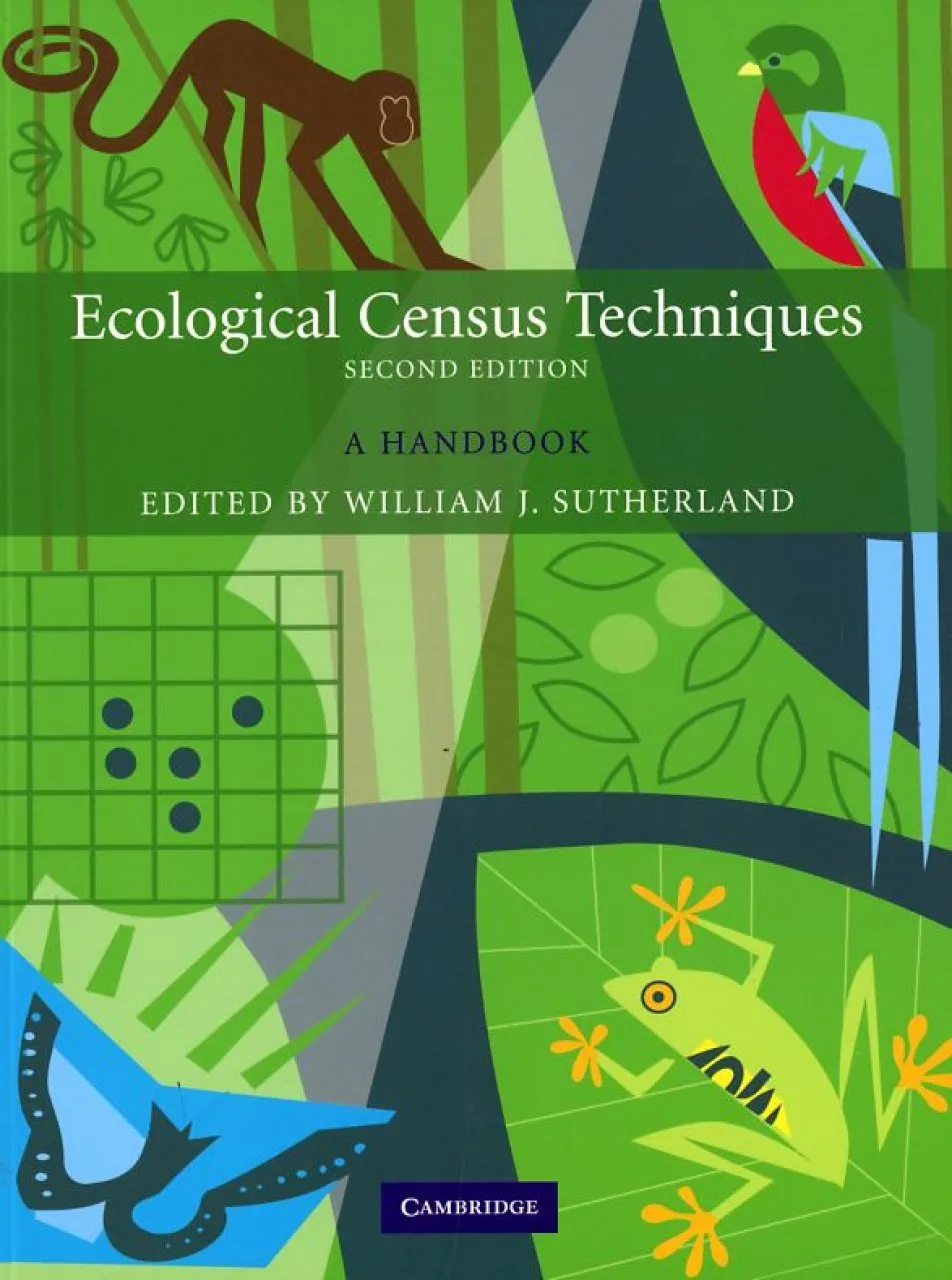This is an updated version of the best selling first edition, Ecological Census Techniques, with updating, some new chapters and authors. Almost all ecological and conservation work involves carrying out a census or survey. This practically focussed book describes how to plan a census, the practical details and shows with worked examples how to analyse the results. The first three chapters describe planning, sampling and the basic theory necessary for carrying out a census. In the subsequent chapters international experts describe the appropriate methods for counting plants, insects, fish, amphibians, reptiles, mammals and birds. As many censuses also relate the results to environmental variability, there is a chapter explaining the main methods. Finally, there is a list of the most common mistakes encountered when carrying out a census.
– Gives worked examples and describes practical details – The chapter on research planning provides an approach for planning any research, not just those relating to census techniques – Latest edition of a very highly-regarded book. Includes new authors, each chapter has been updated, and additional chapters on sampling and designing research programmes have been added
Contents
Preface; 1. Planning a research programme William J. Sutherland; 2. Principles of sampling Jeremy J. D. Greenwood and Robert A. Robinson; 3. General census methods Jeremy J. D. Greenwood and Robert A. Robinson; 4. Plants James M. Bullock; 5. Invertebrates Malcolm Ausden and Martin Drake; 6. Fish Isabelle M. Côté and Martin R. Perrow; 7. Amphibians Tim R. Halliday; 8. Reptiles Simon Blomberg and Richard Shine; 9. Birds David W. Gibbons and Richard D. Gregory; 10. Mammals Charles Krebs; 11. Environmental variables Jacquelyn C. Jones, John D. Reynolds and Dave Raffaelli; 12. The twenty commonest censusing sins William J. Sutherland; Index.
Reviews
Praise for the first edition: ‘There are too few books like this that help students to see the broad picture of census methods and yet warn them of the censusing sins listed in the last chapter of the book – This book will assist university lecturers in teaching the methods essential to developing reliable databases for conservation and management, and for testing ecological theory.’ Charles J. Krebs, Trends in Ecology and Evolution
‘- easy to read and with a full discussion of biases as well as usages there’s every potential for this text to be an essential reader for ecology students (and staff!).’ British Ecological Society, TEG News
‘- an excellent guide – The book will be useful to ecologists at all levels.’ Aslib Book Guide
‘Well illustrated with line drawings, tables, graphs etcetera this book provides a comprehensive overview of the most important methods for those working on field studies in population and behavioural ecology – amateur and professional alike.’ Bryan Sage, Countryside
‘Anyone planning a census programme as part of a conservation monitoring project should consult this book.’ Peter D. Moore, New Scientist
‘- a must for every student of ecology and should be used by every individual interested in counting organisms in the field. Researchers in population and behavioural ecology and those interested in conservation of species would find this book very useful.’ J. P. S. Chauhan, International Journal of Ecology and Environmental Sciences
‘A comprehensive handbook – an excellent book for beginners and professionals alike.’ M. Bonsall, Biologist
Details
- 66 line diagrams 19 tables





